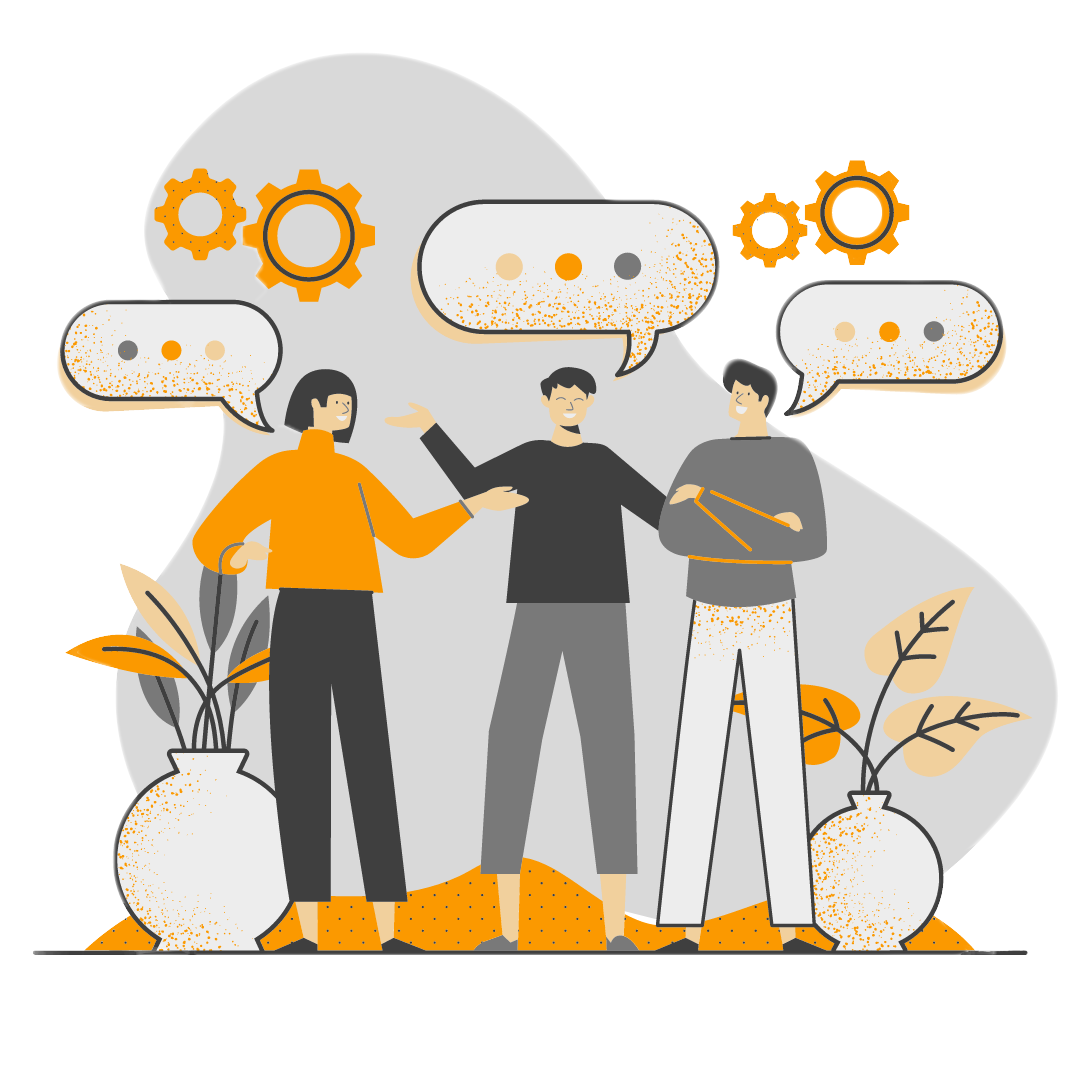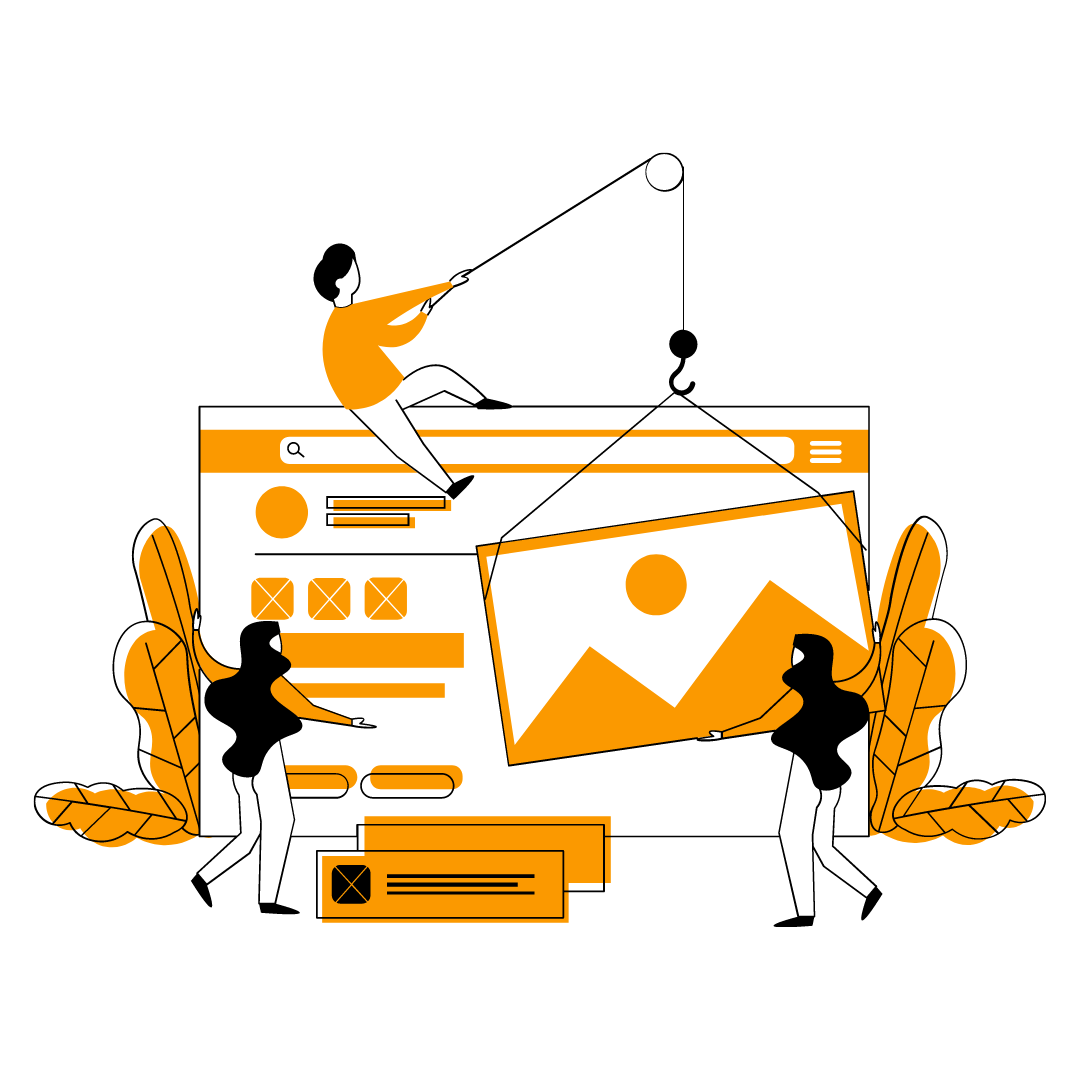When is the right time to add personalization to your ecommerce site?
When is the right time to add personalization to your ecommerce site?
This is the big question that we get to answer all the time. If your to-do list and backlog are not full of tasks and development initiatives, then something strange is going on. Sometimes it can feel like it’s never the right time to get started with personalization. This post gives you three reasons to kick off personalization now. These reasons are:
- KPIs: When you’re not happy with your bounce or conversion rates or average order values, a personalization engine can improve site performance significantly.
- User experience: Netflix and YouTube are setting the bar on what a good digital user experience should look like: Relevant content is always available when the digital service launches.
- Too much manual work: If your team spends a lot of time manually setting up relevant product recommendations, a personalization engine can automate that.
Let’s dig a bit deeper into these three and what you might expect with each.

KPIs: Bounce rate, conversion rate, and average order value
Bounce rate: How can personalization impact bounce rates? Website visitors have a short attention span: If something relevant is not immediately visible on your site, they’ll quickly move on to your competitor’s site. A personalization engine is especially good with returning visitors: The engine already knows what’s relevant and can serve that up immediately. Another great opportunity to lower bounce rates is an out-of-stock situation: When a visitor lands from a search engine to a product page, and the product is out of stock, you only have seconds to get the visitor’s attention before they move on. So how about displaying a smart product recommendation, “Similar products from the category”, at the top of the product page? That will definitely catch the visitor’s attention and help them find an alternative from your site.
Conversion rate: After you’ve managed to keep the visitor on the site, it’s time to inspire them and help them find the right product. A personalization engine can automatically identify the phase of the visitor’s journey and their main area of interest (affinity), and recommend the right product at the right time. For example, on the front page, it makes sense to highlight the bestsellers of different categories and brands to visualize the broadness of your selection. On the product page, on the other hand, it’s important to visualize alternatives in case the current product is not the right one. To learn more about how to personalize different page types, download our personalization ebook.
Average order value: This is the pain point of many ecommerce retailers and can ruin your profitability if buyers purchase on average 1.1 products. Luckily, a personalization engine can help you grow average order values while at the same time serving customers better. Here are two ways to do this:
- Product bundles and accessories: Make sure that it’s easy to see what products belong together with the currently viewed product. For example, a cell phone buyer often needs a case, a protective shield for the glass, and maybe even a subscription upgrade in the case of 5G. A bicycle buyer, in turn, needs mudguards and rear and front lights. And the most helpful recommendation ever: batteries and lightbulbs. What’s more annoying than buying a toy and noticing at home that the batteries are missing? If those buyers were making the purchase in a physical store, no salesperson would allow them to walk out without first checking the need for the additional products. Let a personalization engine do that job for you online.
- Cart recommendations: This is a tricky one. What to recommend for someone viewing their cart? Well, the cheap ancillaries that would be by the cashier in the store. Black socks, candy bars, maybe a box of masks during the pandemic.
As the above examples show, there are many ways to improve average order value and customer satisfaction simultaneously.

User experience
How to be a bit more like YouTube with their always-up-to-date recommendations? How to make sure that there’s never a dead end in the customer journey?
Sometimes the main objective for deploying a personalization engine is making the user experience smooth and friction-free. It’s often helpful to start with the main bottlenecks of the journey. These can be, for example, a high bounce rate with returning visitors (often because they are not offered an easy way to pick up where they left off), shopping cart abandonment, or trouble launching new products with enough visibility. In these use cases, it’s good to first consider if the personalized experience should be applied to all visitors or only to a limited segment. Then you can proceed defining what should be shown at each step of the journey and what triggers the relevant content, promotion, or product. A/B testing different variations allow you to be confident about the impact of personalization.

Too much manual work
This topic just keeps coming up. Many ecommerce teams are battling an internal lack of resources and want to feel confident that all pages are filled with up-to-date and dynamic content. There are two ways in which a personalization engine can help here:
- Dynamic content and product recommendations adjust to every click of the visitor and are always up to date. They enrich all pages with content that changes according to the phase of the visitor’s journey and give your brand a dynamic vibe. It’s amazing how many ecommerce sites still offer plain product pages with no options except a “Back” button to proceed in case the product is not the one the visitor wants.
- AI-driven optimization, also called “MAB” (short for “multi-armed bandit”) is a hands-free alternative to A/B testing where you just select the algorithm and the KPI to optimize for. The software takes care of the rest, making sure that the best performing content variation gets the most displays.
Summary
There you go, the top three reasons to get started with a personalization engine today. Frosmo offers a built-in, best-practice setup for ecommerce retailers – no need to start from scratch.
To learn more, check out the resources at the bottom, or book a demo with us.
About the writer:

Maija Erkheikki has 20 years of experience in the international software business, especially working with channel partners and technology alliances. She’s driven by a passion to use technology to solve business problems and improve quality of life. Currently, she’s fascinated by the role of digital customer experience and personalization as a success factor across industries.